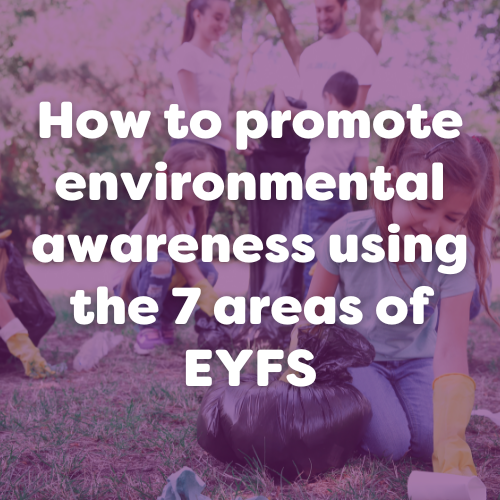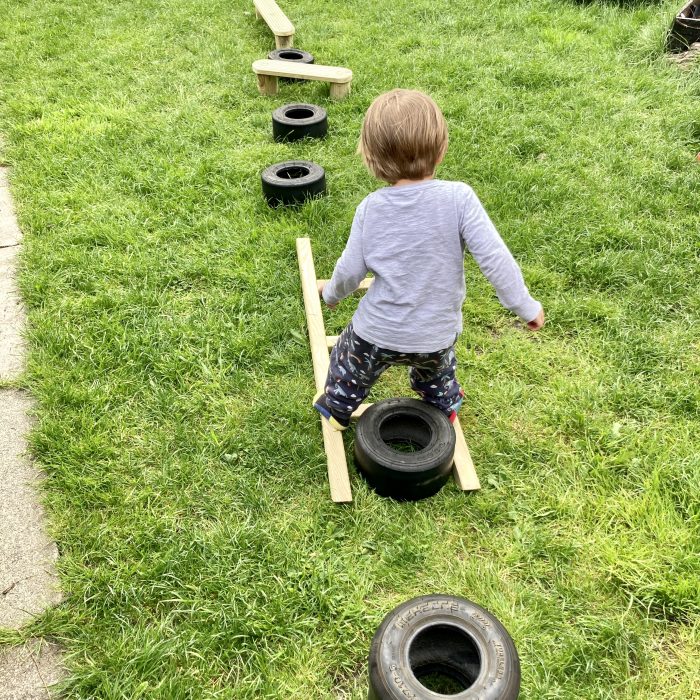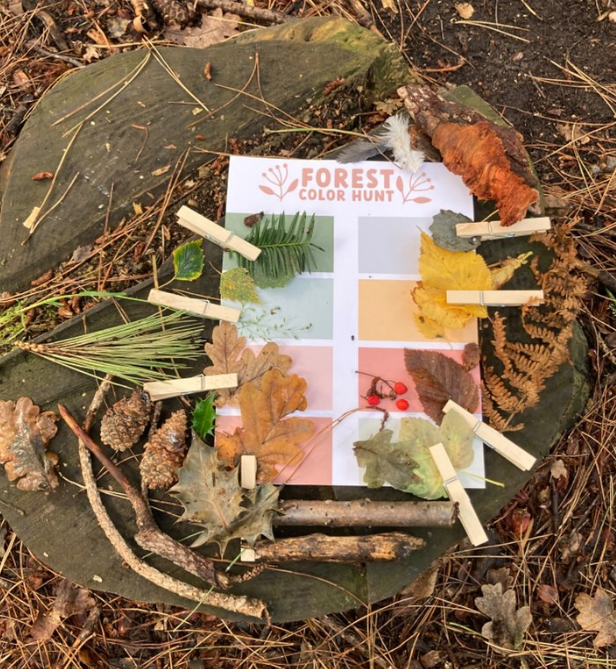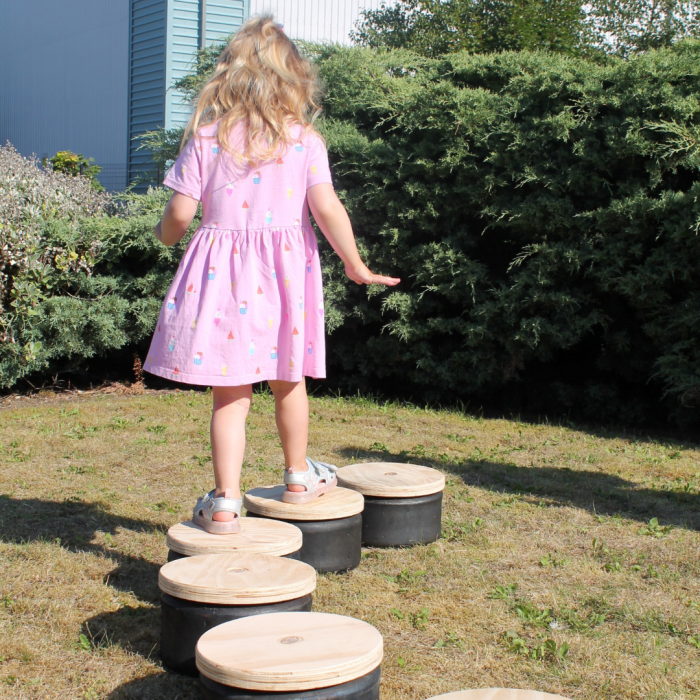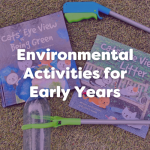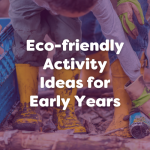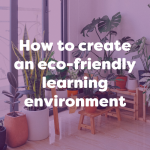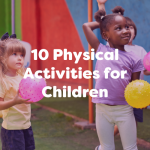As early years practitioners, you play a pivotal role in shaping young minds, and what better way to do so than by nurturing a love for the environment from an early age? In this blog, we dive into how to seamlessly integrate environmental education into the 7 areas of the Early Years Foundation Stage (EYFS) framework, making it fun, engaging, and age-appropriate.
From nature-themed storytelling to outdoor adventures that enhance physical development, our blog will go through how to promote environmental awareness in schools. We’ll also provide you with practical ideas and activities to inspire eco-consciousness in your little learners!
Communication and Language
- Nature Storytelling: Read a nature-themed storybook to the children and encourage them to discuss the characters, settings, and environmental messages within the story.
- Sound Scavenger Hunt: Take the children on a listening walk in a nearby natural area. Encourage them to identify and mimic the sounds of birds, insects, and other wildlife.
- Nature Show and Tell: Ask each child to bring in an object from nature (e.g., leaves, rocks, feathers) and take turns describing their item to the group, promoting language development and environmental awareness.
- Environmental Word Wall: Create a wall display with words related to the environment, such as “tree,” “rain,” “sun,” and “flower.” Use these words as prompts for discussions and vocabulary building.
- Environmental Puppet Play: Use puppets to act out scenarios related to environmental issues, such as conserving water or recycling, while encouraging children to participate in the storytelling.
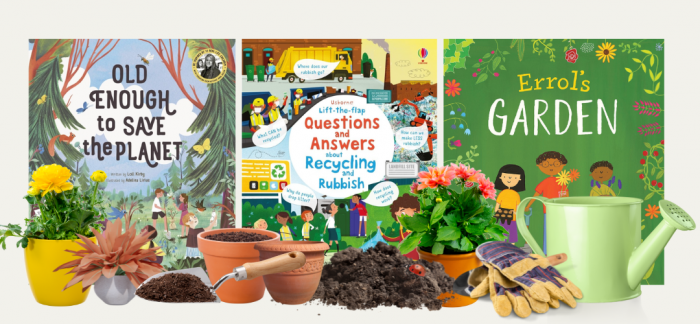
Physical Development
- Outdoor Scavenger Hunt: Organise a nature scavenger hunt where children search for specific items like pine cones, feathers, or leaves, helping them develop their physical skills while connecting with nature.
- Yoga in Nature: Introduce simple yoga poses and stretches inspired by animals or elements of nature, promoting balance, coordination, and a connection to the natural world.
- Nature Obstacle Course: Create a nature-themed obstacle course with challenges like crawling under branches, hopping like frogs, and balancing on tree stumps to enhance physical development.
- Outdoor Sensory Play: Set up sensory stations with materials like sand, mud, water, and leaves, encouraging children to explore different textures and elements found in nature.
- Nature-inspired Dance: Play music inspired by nature and encourage children to express themselves through dance, imitating the movements of animals or natural elements like wind and water.
Personal, Social, and Emotional Development (PSED)
- Team Eco Clean-up: Organise group clean-up activities where children work together to pick up litter in their outdoor play area, fostering a sense of responsibility for the environment.
- Emotion and Nature Journals: Create journals where children can draw or write about their emotions and experiences in nature, helping them develop emotional awareness and a connection to the environment.
- Friendship with Wildlife: Set up bird feeders or insect hotels and observe the wildlife that visits. Discuss how caring for these creatures helps promote empathy and kindness.
- Sharing Nature’s Gifts: Teach children about the concept of sharing by encouraging them to share natural treasures they find, like acorns or interesting rocks, with their peers.
- Environmental Responsibility Pledge: Have children create and sign a pledge to take specific actions to protect the environment, like reducing waste or conserving water, instilling a sense of responsibility.
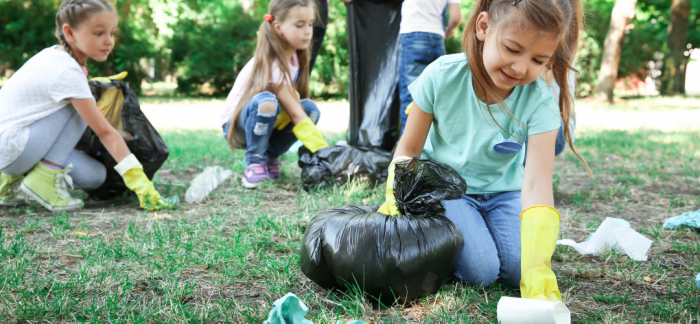
Literacy
- Nature Alphabet Hunt: Explore the outdoors to find objects that represent each letter of the alphabet, helping children associate letters with real-world objects.
- Outdoor Reading Nook: Create a cosy outdoor reading space with blankets and cushions, where children can enjoy books with nature themes and discuss what they’ve read.
- Environmental Storytelling: Encourage children to make up their own nature stories or environmental-themed poems, fostering creativity and language development.
- Nature-themed Bookmaking: Help children create their own nature-themed books by drawing pictures, writing sentences, or using photographs of outdoor adventures.
- Environmental Vocabulary Cards: Create flashcards with pictures and words related to nature and the environment, and use them for word recognition games and discussions.
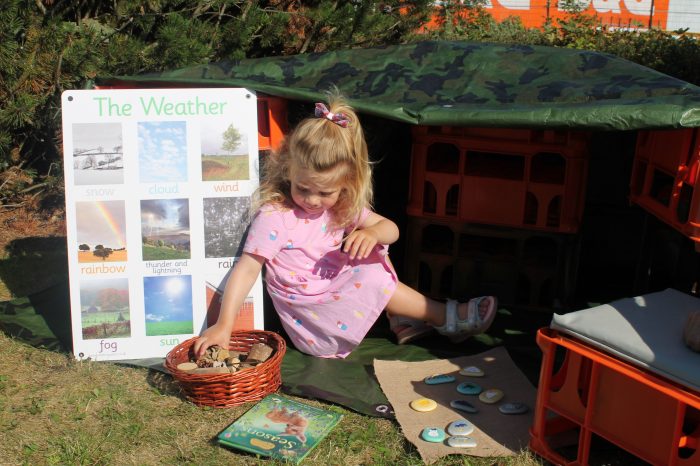
Mathematics
- Nature Counting: Collect natural items like leaves or pebbles and use them for counting exercises, addition, subtraction, and other math activities.
- Measuring in Nature: Use simple measuring tools like rulers or string to measure the length or height of objects found in nature, introducing measurement concepts.
- Nature Patterns: Create and identify patterns using natural materials like pine cones, leaves, or shells, helping children grasp basic math concepts.
- Nature Sorting: Collect a variety of natural objects and have children sort them by different attributes like size, colour, or texture.
- Seed Counting and Planting: Count seeds before planting them in the garden and track their growth, introducing basic concepts of multiplication and growth over time.
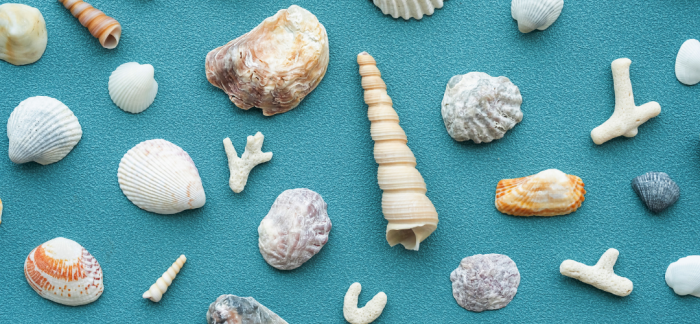
Understanding the World
- Seasonal Changes Observations: Throughout the year, engage children in observing and discussing seasonal changes in weather, plants, and animal behavior.
- Weather Station: Set up a weather station with simple instruments like a thermometer and rain gauge, allowing children to monitor and record weather conditions.
- Habitat Exploration: Explore different natural habitats such as ponds, forests, or meadows, and discuss the animals and plants that thrive in each ecosystem.
- Recycling and Waste Sorting: Teach children about recycling by setting up a waste sorting activity, where they learn to differentiate between recyclables, compostable materials, and rubbish.
- Environmental Experiments: Conduct simple environmental experiments, such as testing the effects of pollution on water or observing plant growth under different conditions.
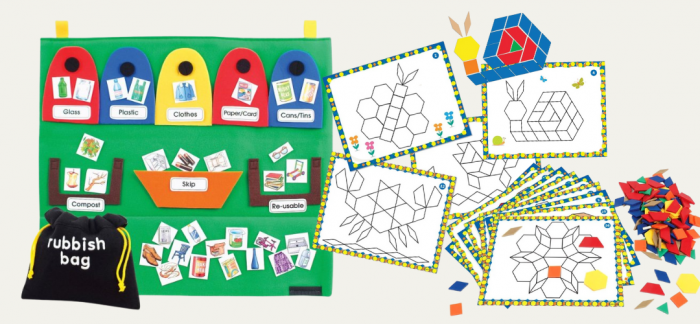
Expressive Arts and Design
- Nature Collage: Provide a variety of natural materials such as leaves, twigs, flowers, and pebbles. Encourage children to create their own collages or artwork using these materials, fostering creativity and a connection to nature.
- Recycled Art Sculptures: Collect recyclable materials like cardboard boxes, plastic bottles, and old magazines. Let children use these materials to build sculptures or artistic creations that highlight the importance of recycling and reusing.
- Nature-Inspired Music: Explore the sounds of nature by using items like leaves, sticks, or stones as improvised musical instruments. Encourage children to create their own nature-inspired tunes or songs.
- Leaf Printing: Collect a variety of leaves from different trees and bushes. Dip them in paint and use them to create leaf prints on paper. This activity allows children to explore the textures and shapes found in nature while creating unique art pieces.
- Nature-Inspired Masks and Costumes: Provide materials for children to make masks and costumes that represent animals or elements of nature. Encourage them to wear these creations during nature-themed plays or performances.
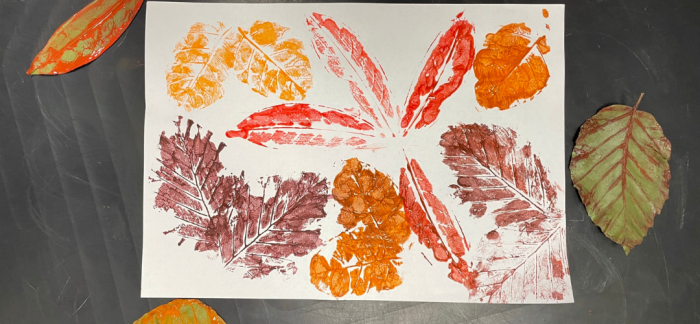
We would love to hear all about how you promote environmental awareness in your setting! Share your experiences with us on social media by tagging us or using the hashtag #ExploreWithEYR

